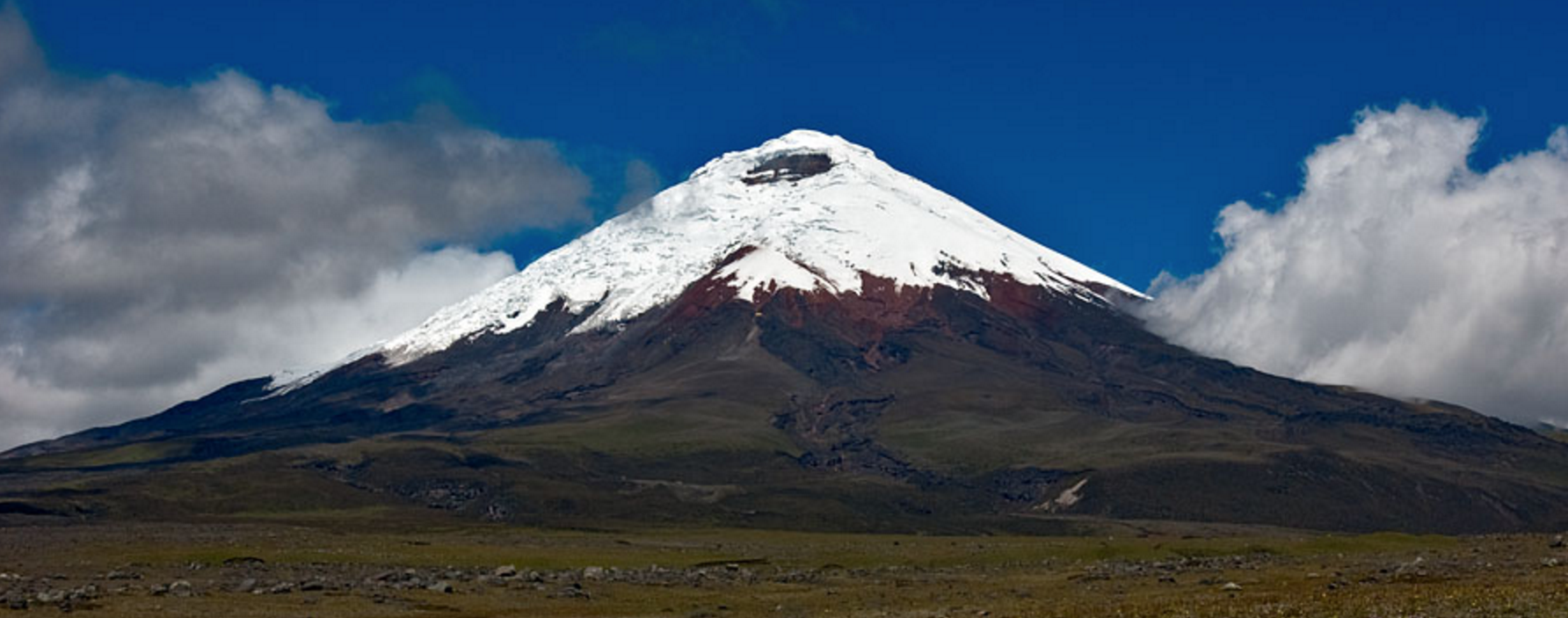This week is probably going to be my favorite week for what we are researching and learning. The most background I have on this topic is through movies that have been produced representing areas of Latin America during “dirty wars.” In a summer camp at Quest University, we made research using movies as our tool on Latin American History and this was definitely a reoccurring topic that I have been intrigued with.
One of the readings mentioned for this week is “I Remember Julia” by Eric Carlson, which focuses on the possible future one of the many who were killed in Argentina during the time of the “dirty war.” There is so much that has been produced and published to portray such a dark time in Latin America, I really want to explore more of how each book, or movie displays their story.
What I need some more clarification on is what exactly causes the dirty war to happen? and How did this impact several regions of Latin America?
